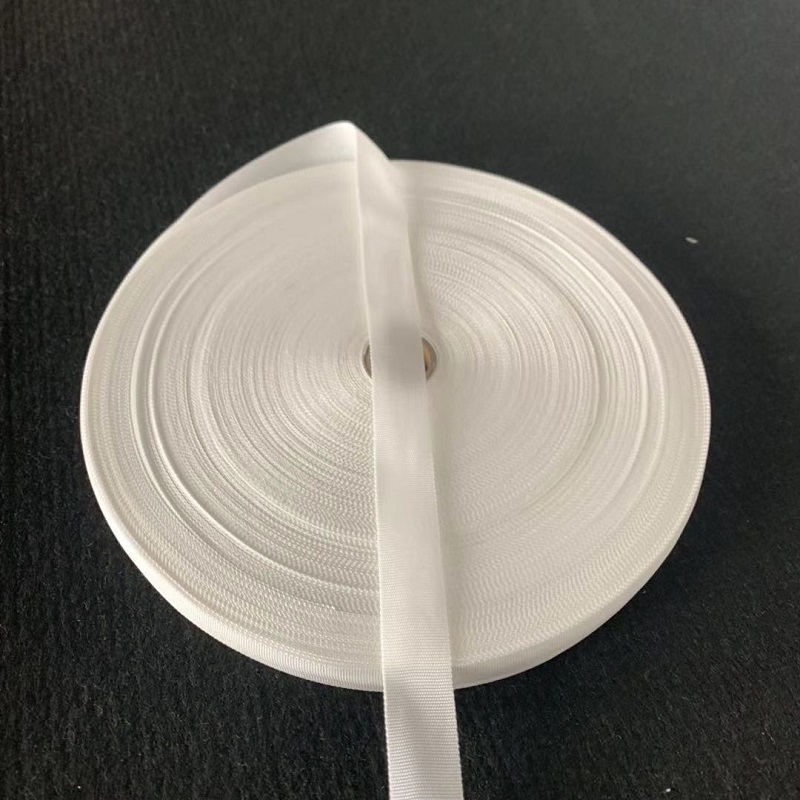Acrylic fiber is mainly composed of polyacrylonitrile, which is copolymerized with more than 85% acrylonitrile and no more than 15% second and third monomers, and is spun into short fiber or filament by wet or dry spinning.
1. Morphological structure
The cross section of acrylic fiber is generally circular or dumbbell shaped, and it is smooth in the longitudinal direction or has 1-2 grooves. There is a cavity structure inside.
2. Moisture absorption and dyeing
The hygroscopicity of acrylic fiber is better than that of polyester fiber but worse than that of nylon fiber. Under general atmospheric conditions, the moisture regain is about 20%. Because of the existence of the hole structure and the introduction of the second and third monomers, the staining is better.
3. Mechanical properties
The strength of acrylic fiber is lower than that of polyester fiber and nylon fiber. The breaking elongation is similar to polyester and nylon. After repeated stretching, the residual elongation is larger, and the elasticity is lower than that of polyester, nylon and wool, so the dimensional stability is poor. The abrasion resistance of synthetic fibers is poor.
4. Optical properties
Acrylic fiber has good light resistance among common fibers, so it is suitable for Backpack webbing , tents, artillery suits, curtains, and other outdoor fabrics.
5. Thermal properties
Acrylic fiber is thermoelastic. The ordinary acrylic fiber is drawn and then cooled. If the fiber is subjected to high temperature treatment in a relaxed state, it will shrink significantly. This kind of high elongation acrylic fiber is blended with ordinary acrylic fiber and spun into yarn, which is treated at high temperature to form bulky yarn with good bulkiness and strong wool sense. Acrylic fiber does not melt and does not undergo thermal decomposition and color change at 200 ℃, but the fiber begins to soften. At 300 ℃, it is close to the decomposition point, turns black and begins to carbonize.
6. Chemical stability
Acrylic fiber has good chemical stability, but it will dissolve in concentrated sulfuric acid, concentrated nitric acid and concentrated phosphoric acid, turn yellow in cold concentrated alkali and hot dilute alkali, and hot concentrated alkali can immediately cause its destruction.
7. Density
The density of acrylic fiber is small, about 114-1.17gm3.
Many properties of acrylic fiber, such as bulkiness and softness, are similar to wool, so it is often made into short fiber and wool, cotton or other chemical fibers, woven into wool fabric or yarn, and can also be made into backpack webbing, woolen, artificial fur, and wadding backpack webbing.


